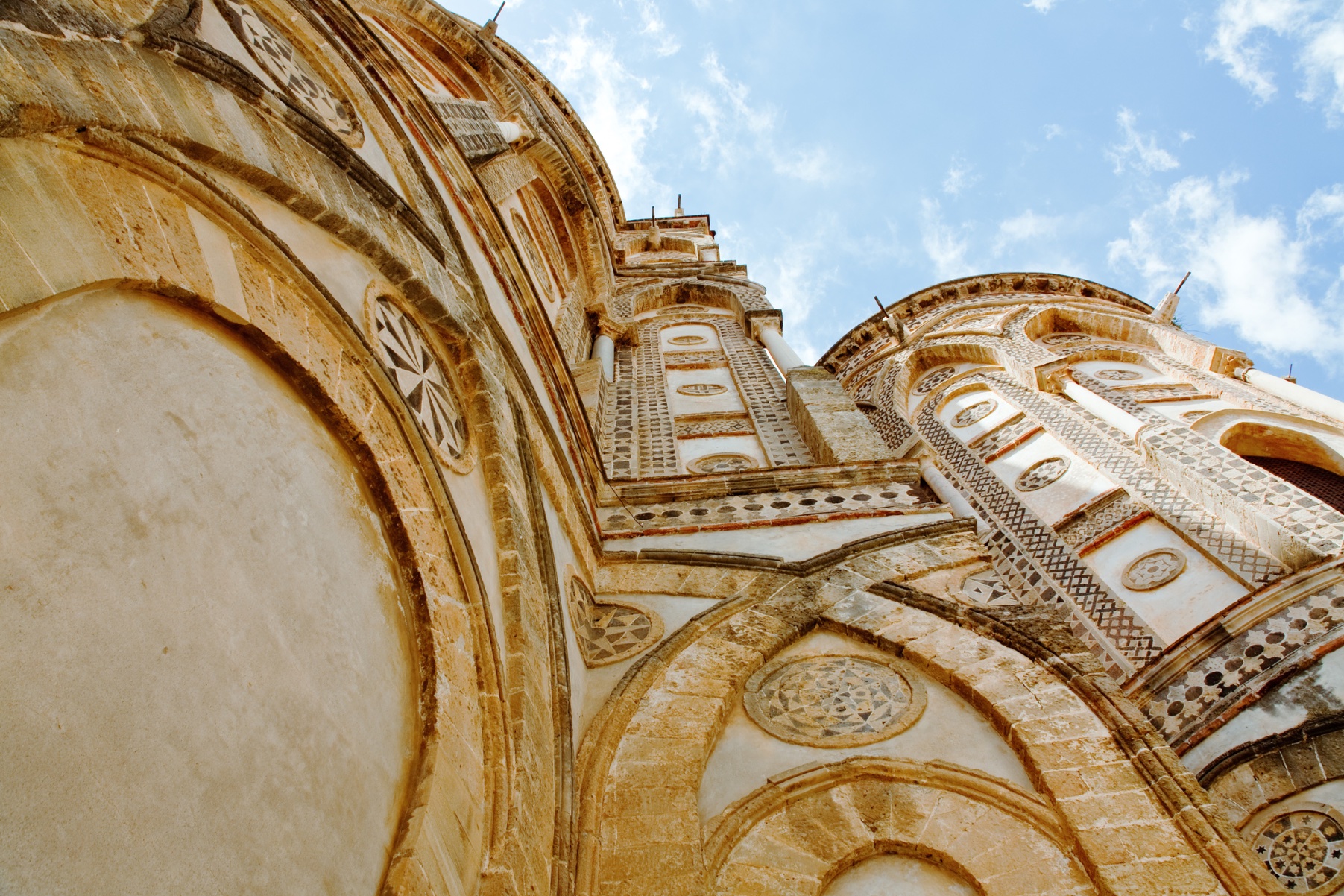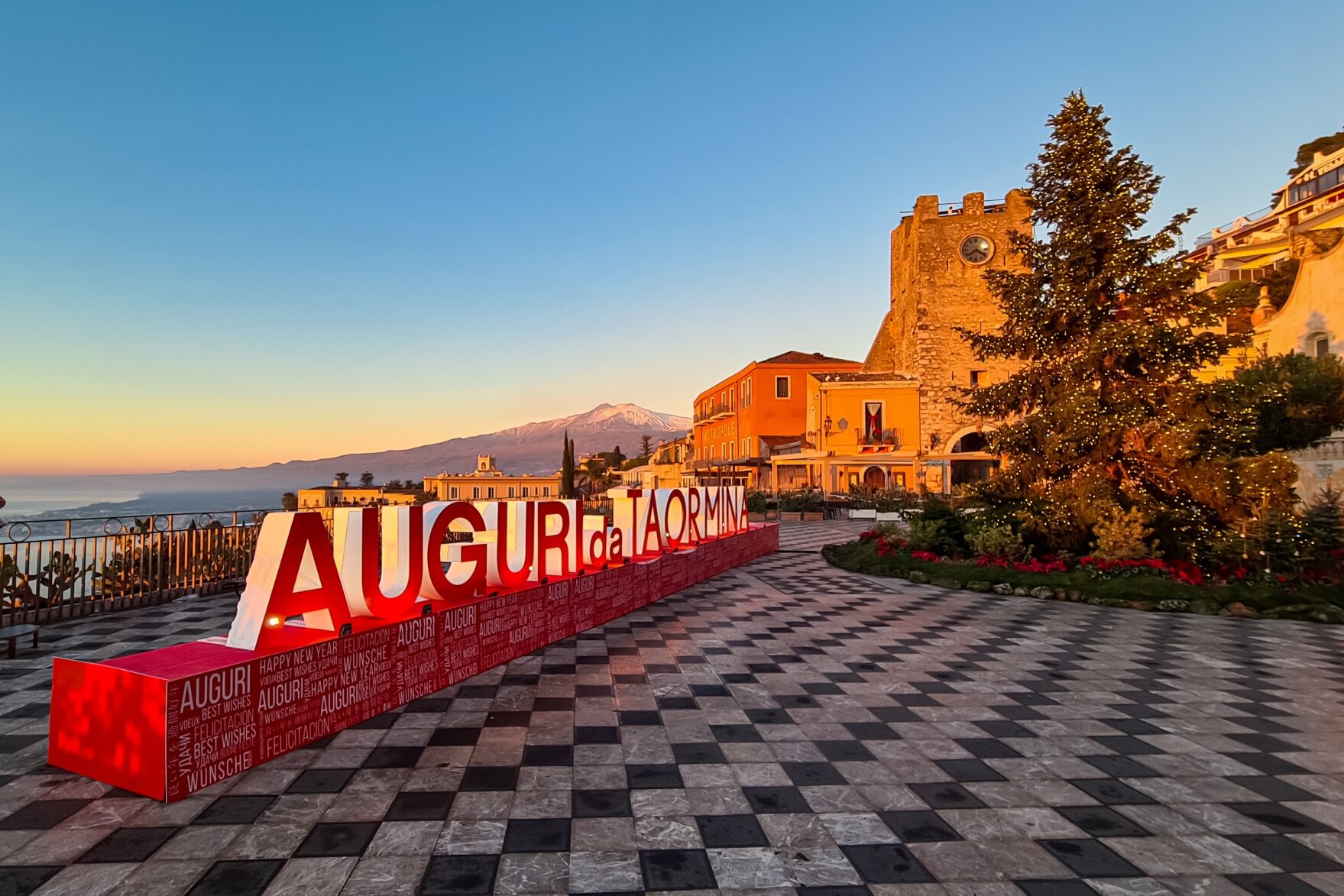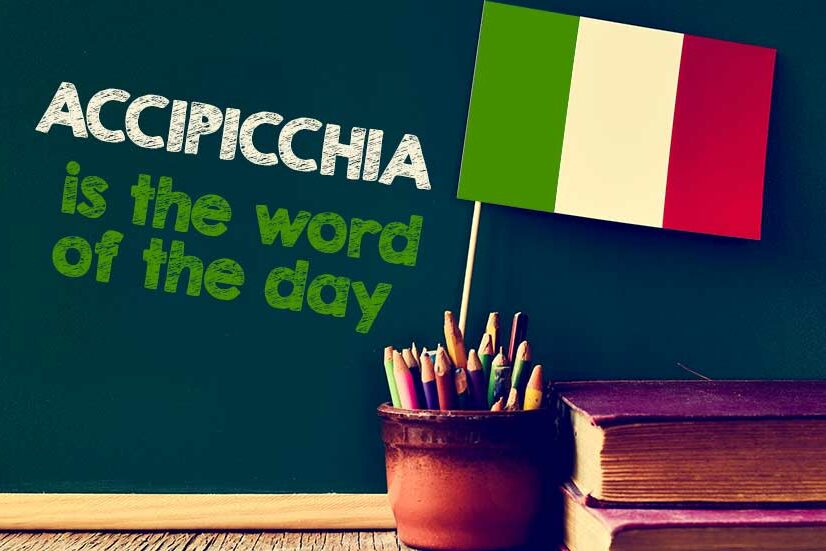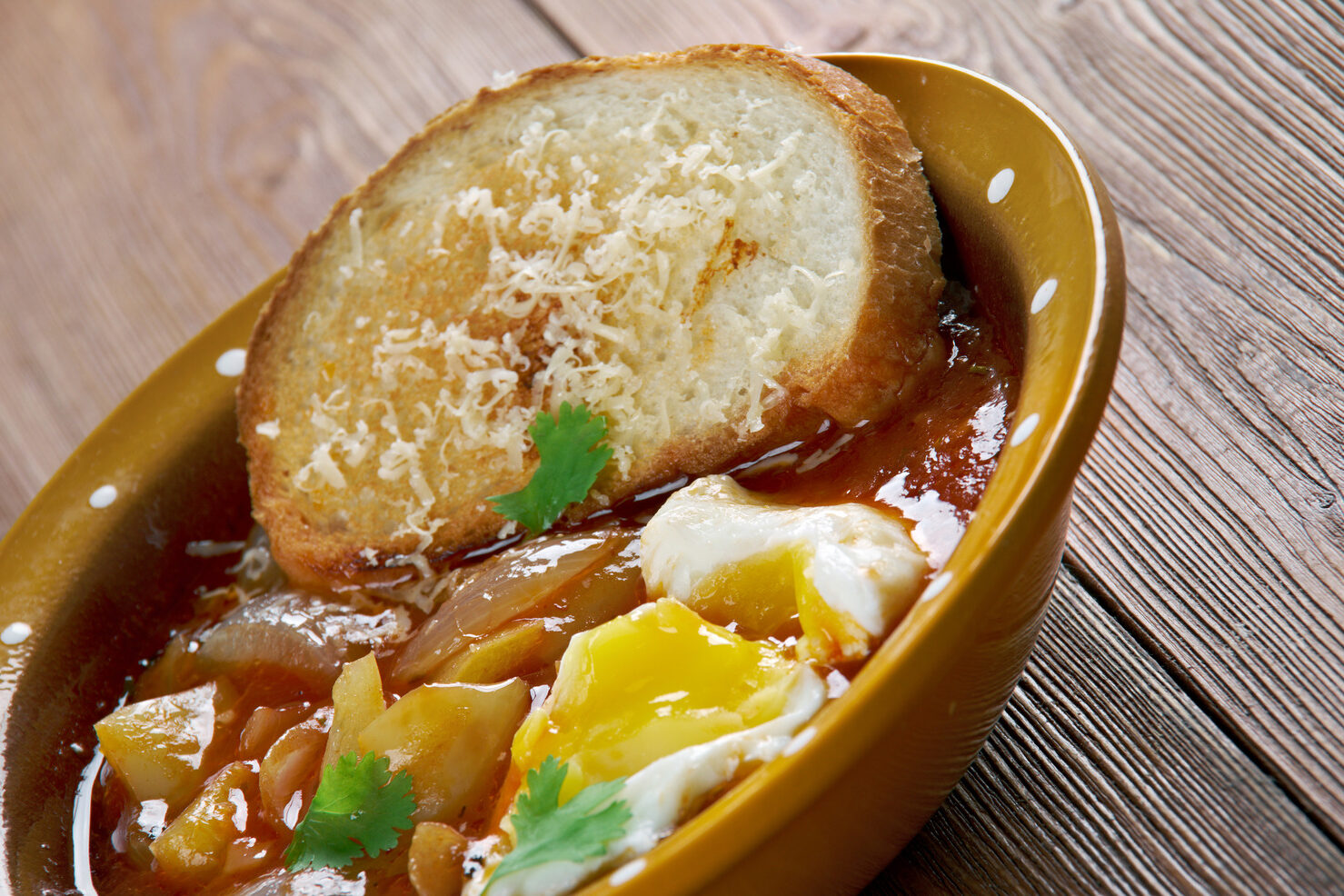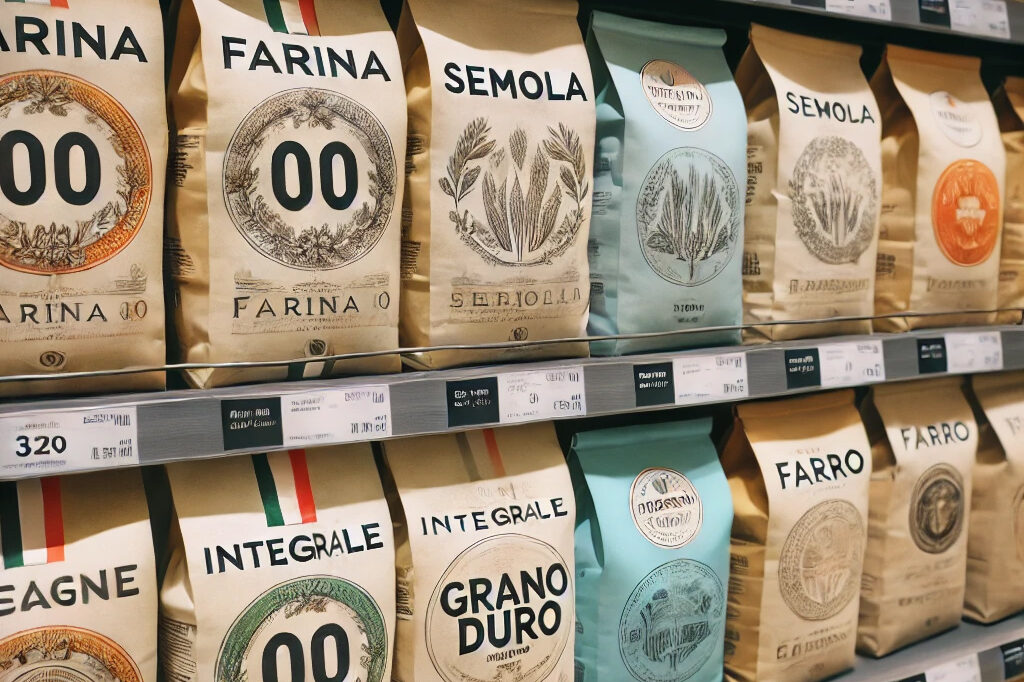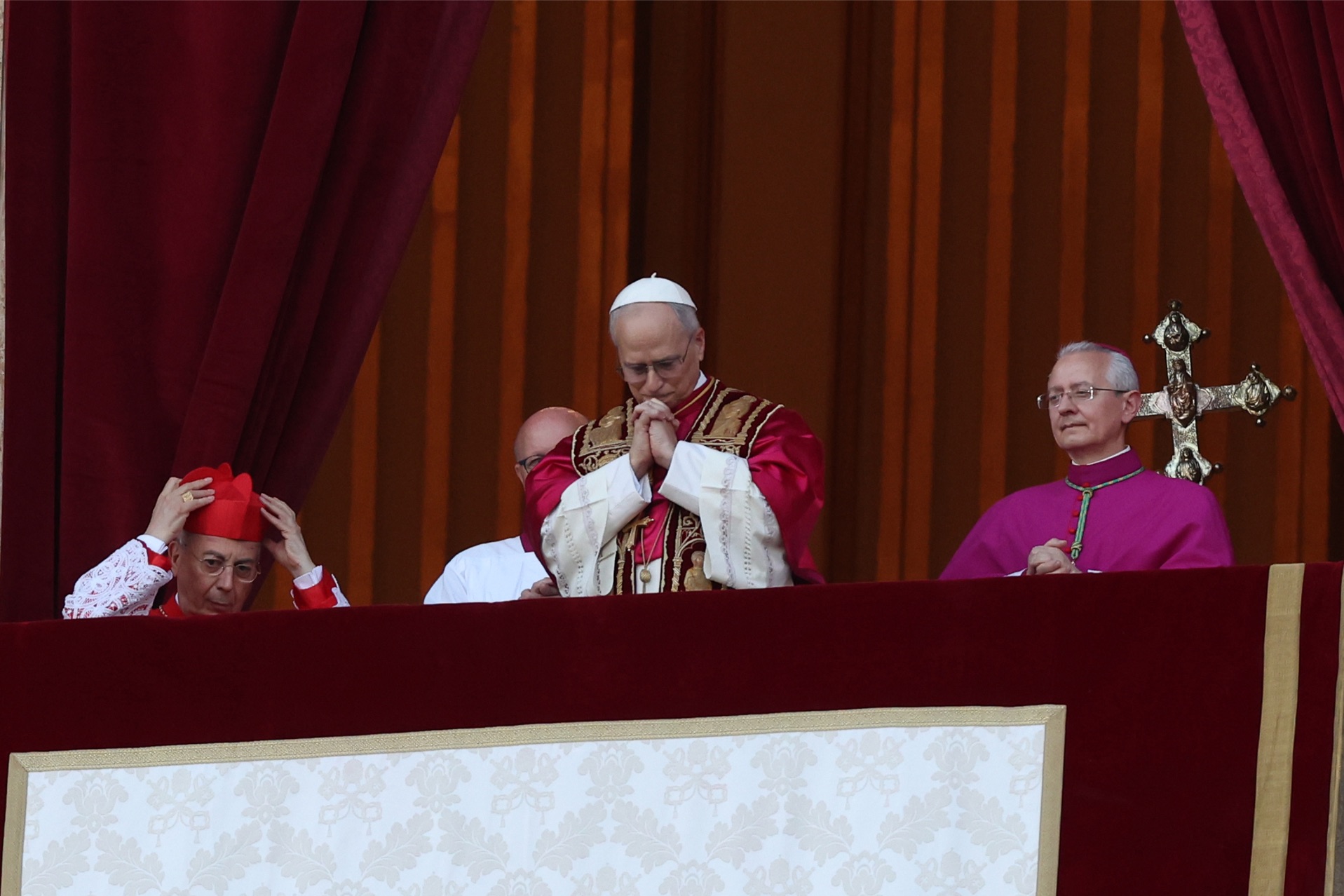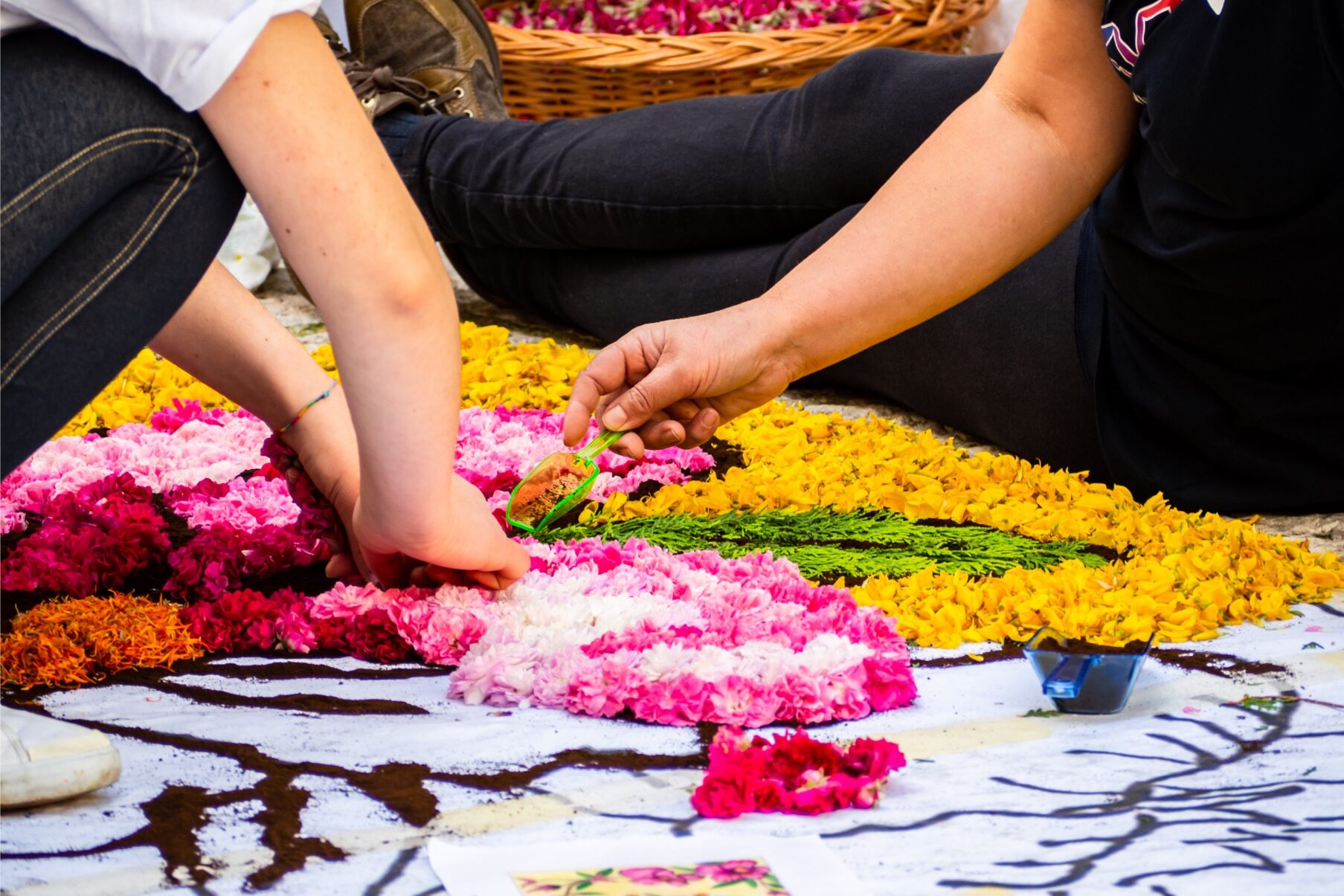Hidden in the heart of Los Angeles, which decades ago was home to Little Italy, an authentic Italian family business has been thriving, growing in both size and reputation, since its foundation in 1917. San Antonio Winery was established by Mr. Santo Cambianica, a native of Berzo San Fermo in Lombardy region, Italy, and at that time it would fit in a small rented garage, located in Lamar Street. The address is still the same, but a large complex has replaced the original location and the tiny home, which used to accommodate the Winery’s owner and his young nephew Stefano Riboli. Today, two more San Antonio stores and tasting rooms can be found in Paso Robles and Ontario.
A very special private tour led by Mr. Riboli himself – something pretty rare, as we are told – reveals us different aspects of the fascinating production line, to discover a century-old history of wine making. As a matter of fact, San Antonio is the oldest and largest producing winery in the city, recognized as a Cultural Monument by the Los Angeles Cultural Heritage Board in the 1960s.
The sweet and inebriating smell of wine fills the place, seeping from hundreds of lined-up wooden barrels, and the silent ageing process is opposed by the rhythmic sound of bottling assembly work. The air is chill to keep the wines at cellar temperature, especially the white ones.
In spite of the passage of time, Mr. Riboli recalls and explains every detail, walking us through the many rooms that have progressively been added to the original building. At present, the Winery is composed of a restaurant, a market, a wine tasting area, and a few reception halls for private events, including weddings. And yet, visiting the beautifully furnished and decorated venue full of charm and family memories hanging on the walls, what strikes the most is certainly this exclusive behind-the-scenes tour. From the vineyards in the hills of Paso Robles, Monterey, and Napa Valley up to the final packaging, San Antonio Winery takes care of its product every step of the way. Most of the grapes are local except for the recently introduced Stella Rosa brand that Mr. Riboli’s younger son has been importing from northern Italy for about a decade.
All three of Stefano Riboli’s children – Santo, Steve, and Cathy – have helped and then succeeded him in running the company with the same dedication and passion: family and hard work, like in the best Italian tradition. “When I moved here from the province of Bergamo in the late 1930s, the first thing that I learned was to work even seven days a week, which I still used to do until a few years ago. And I also understood the importance of family by looking at other Italian companies that were forced to shut down because the young generation had left.” In 2017, the Winery will celebrate its 100th anniversary, and those values – says Mr. Riboli – are the secrets to survive for such a long time, while many competitors go out of business.
In 1919, when Prohibition was enforced in America, the wine industry inevitably suffered harsh consequences, worsened by the Great Depression in the 1930s. Most of the wineries in Los Angeles closed, but Santo Cambianica was granted permission to make sacramental wines for the local diocese, thanks to his strong relationship with the church. This saved his company, and altar wines are still an important part of San Antonio Winery’s production.
Santo’s business strategy proved very effective also when he decided to sell to privates and families instead of liquor stores: in a time when wine wasn’t served in restaurants, countless Italian, Spanish, and other European immigrants craved a glass of wine at dinner. “Still today, some of our clients remember that I used to make deliveries to their grandparents’ home.”
Right before the outbreak of World War II, Santo’s nephew Stefano Riboli returned to the U.S., where he was born fifteen years earlier, and became his uncle’s apprentice at first and later partner. While buying grapes from an Italian winegrower in Ontario, Stefano was introduced to a beautiful girl named Maddalena – just like one of the Winery’s most famous brands… – and married her after only eight months. “When I saw her in the fields operating a tractor I thought if she can do that, she can run a winery. And I was right, she helped Santo and me with the bookkeeping, and later on in the 1970s she started preparing exquisite sandwiches for the customers. This is how the restaurant was born, and when it started attracting more and more visitors we had to move the fermentation room to Paso Robles.”
Together, Stefano and Maddalena took the reins of the already well-established business after Santo’s death and turned it into a reference for the L.A. community. In dealing with the fast-growing wine industry in Northern California, the Riboli family purchased high quality grape vineyards and properties in different areas of the State – the first one was in Monterey County in 1988 -, managed with the help of their children. Now the fourth generation is joining the company, as the winemaking science and blending art are performed by Stefano’s grandson Anthony Riboli and his French colleague Arnaud Debons, earning the Winery several gold medals every year.
The Ribolis, with their powerful legacy, are not only a milestone of the original Italian enclave in L.A. – as cardinal Mahony pointed out in his speech, celebrating the centennial of St. Peter’s Catholic Church –, but also a symbol of the strength of the Italian family and community that made our fortune everywhere in the world.






